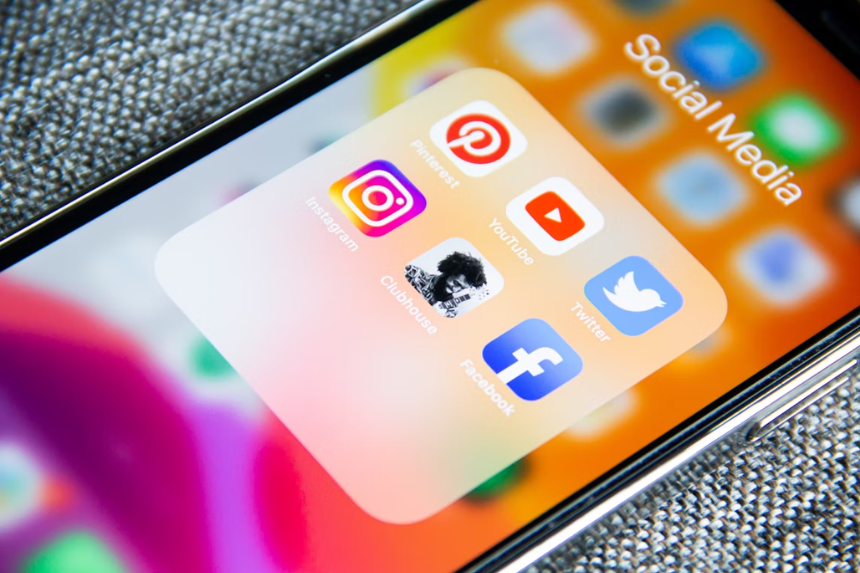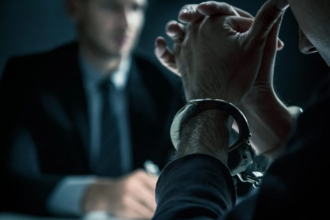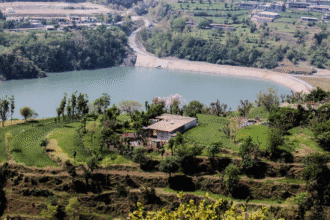After widespread protests that resulted in at least 19 fatalities and more than 100 injuries nationwide, the government of Nepal has formally removed its week-long social media ban. Following an emergency cabinet meeting on Monday, which was intended to quell popular indignation and answer concerns from young people, the decision was made public late Monday.
In Kathmandu, thousands of demonstrators—mostly young Nepalis—flooded the streets and even entered the parliament building. They called for widespread action against corruption and government overreach, as well as the restoration of websites like Facebook, YouTube, and Instagram.
At first, the government justified the prohibition as an effort to counteract internet deception and fraud. However, a swift policy reversal was necessitated by mounting dissent and international scrutiny.
Why Did Nepal Ban Social Media?
Authorities cited noncompliance with local registration regulations as the reason for blocking access to 26 main platforms last week. The goal of the policy, according to the Ministry of Communication and Information Technology, was to stop hate speech, fake news, and online scams.
People perceived it as a crackdown on internet freedom in spite of this explanation. Many contended that the restriction was more about stifling criticism than it was about safety. The change felt abrupt and onerous to the millions of people who depend on these applications for connections, business, and news.
Particularly among young people, the backlash was rapid and extensive. Before the suspension was put into effect, hashtags denouncing the ban and government corruption swiftly gained popularity. Here is the link to our article on Social Media Threat.
What Sparked the Protests?
Protesters voiced underlying grievances with government corruption, economic stagnation, and lack of accountability, even if the social media ban was the catalyst. The signs that the protesters held said, “End to Corruption” and “Enough is Enough.”
As police used water cannons, rubber bullets, and batons to scatter demonstrators, tensions increased in Kathmandu and other towns. According to reports, some demonstrators threw stones at Prime Minister KP Sharma Oli’s hometown.
The “nepo kid” movement was a viral campaign that denounced the luxurious lifestyles of politicians’ kids. Many thought that while common people suffered, public funds were being misappropriated to assist political families.
What Was the Government’s Response?
Prime Minister KP Sharma Oli, who was dealing with widespread unrest, apologized for the bloodshed and blamed the protests on infiltration by unidentified outside forces. He pledged to provide free medical care to the injured and financial support to the relatives of the victims.
A special panel to look into the issue was also announced by the administration. Significantly, in the face of harsh condemnation of law enforcement’s use of force, Home Minister Ramesh Lekhak resigned.
The goal of lifting the social media ban, according to government authorities, was to interact with the nation’s youth and stop additional instability. They restated that regulation, not censorship, was the aim. Here is the link to our article on Social Media Safety.
Will Social Media Stay Online?
For the time being, Facebook, YouTube, Instagram, and other platforms are once again accessible. However, the future is still unclear. According to officials, internet platforms still need to abide by national laws or face new limitations.
Authorities maintain that they are not giving up on the purpose of content regulation even when the ban is lifted. A legislative structure requiring platforms to register locally and adhere to Nepali rules may be advanced by the government.
The situation is still unstable, and any additional upheaval may have an impact on how future policy is developed.
Final Thoughts
Social media ban in Nepal was quickly lifted, demonstrating the increasing influence of youth-led activism in the digital era. Even while the demonstrations ended in death, they also made the country’s leaders pay attention and take action. The government is under growing pressure to strike a compromise between civil liberties and digital governance as public pressure for accountability and openness grows. Any future attempts to control online platforms will probably be closely watched by the public, particularly the younger generation.








